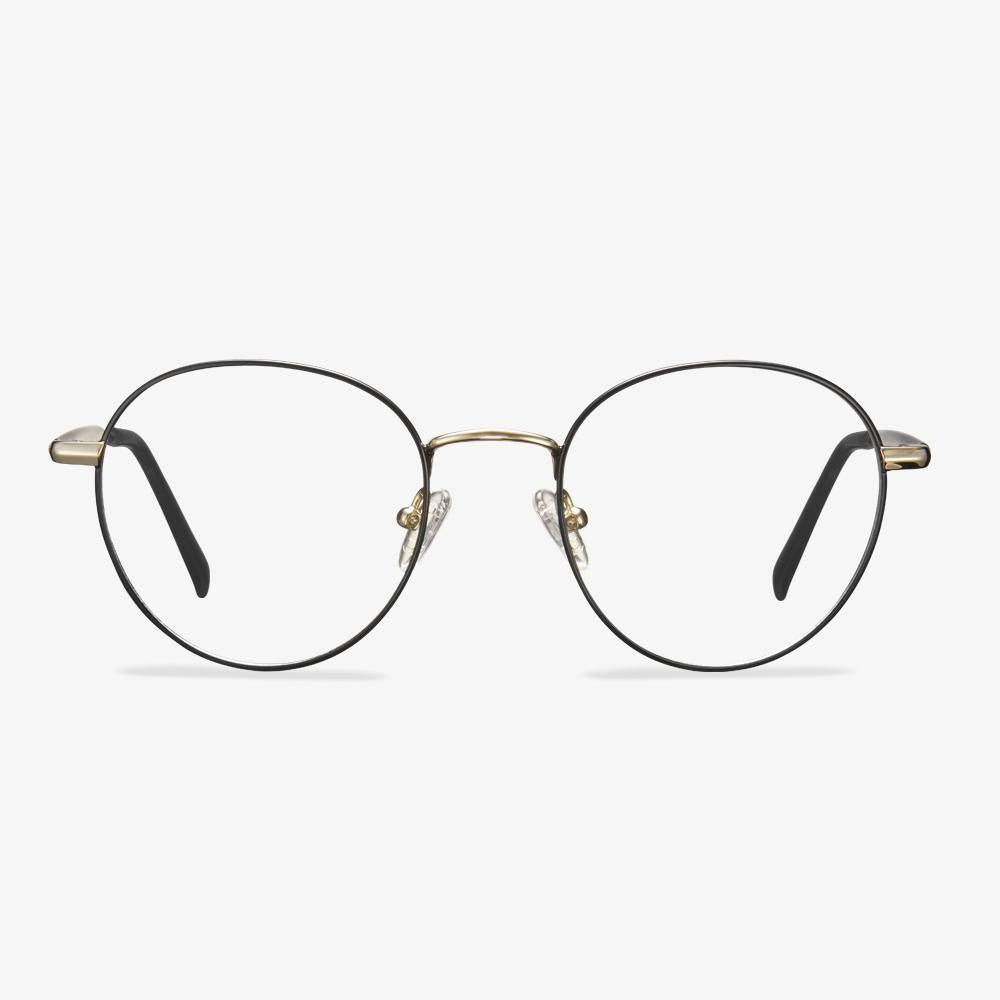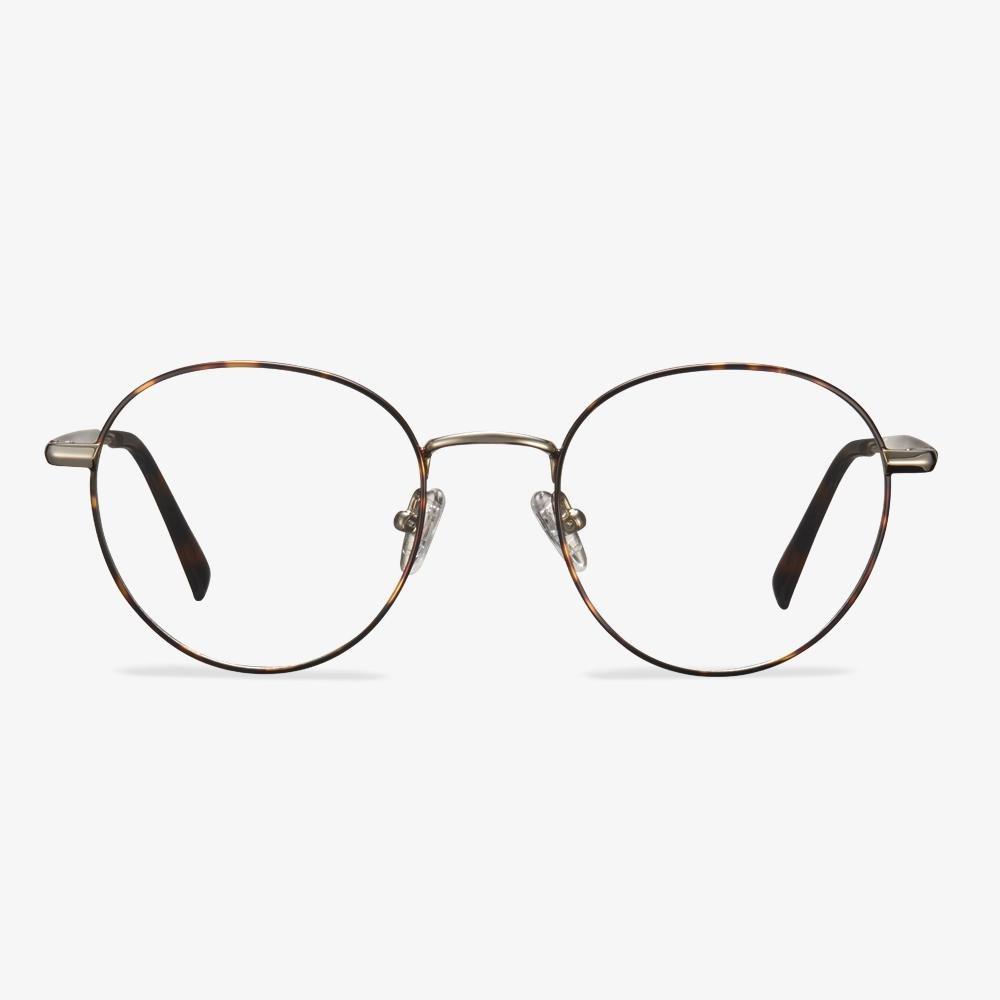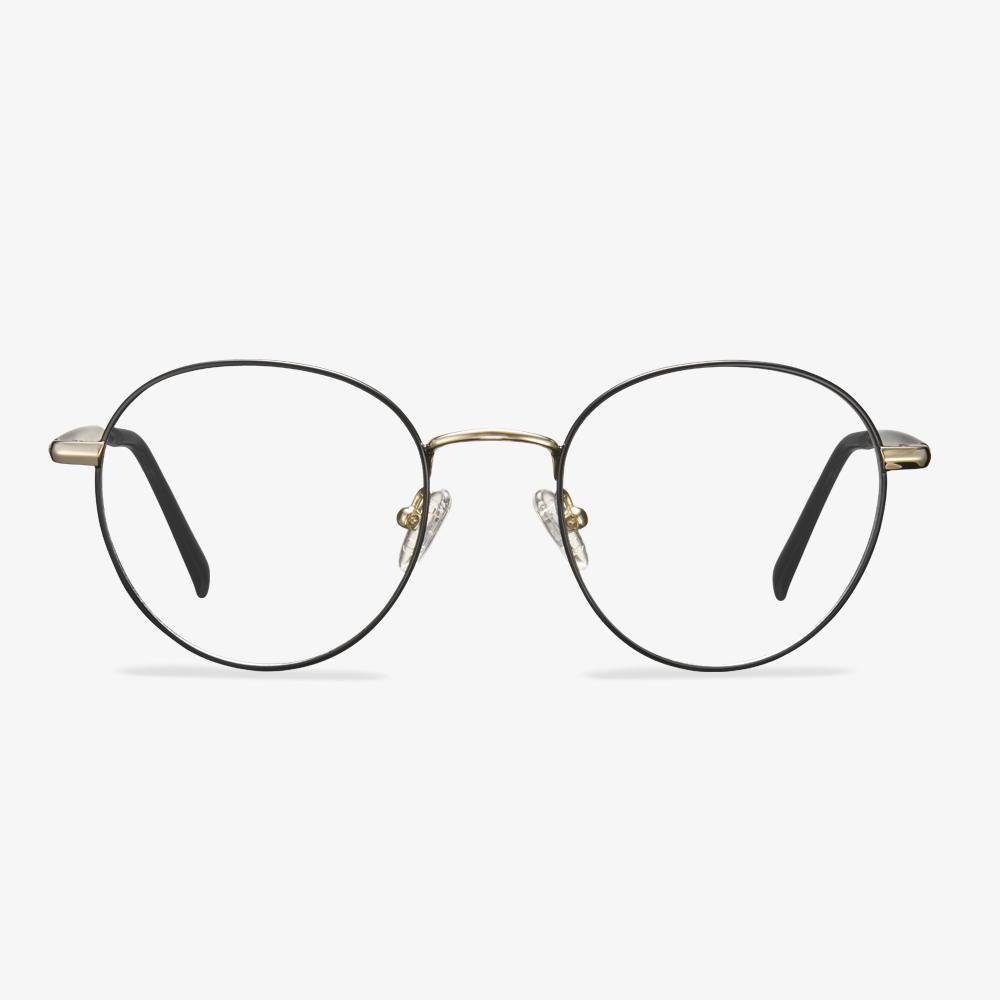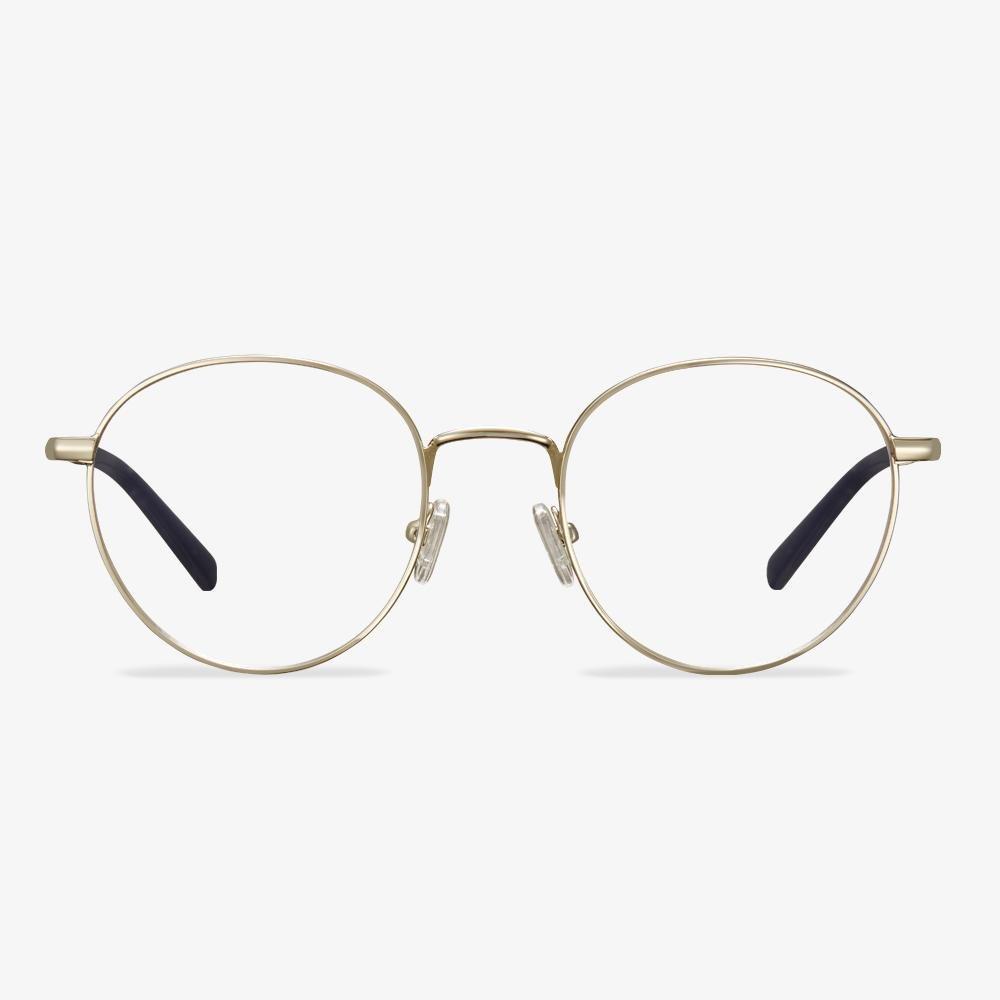Are blue light glasses good for driving at night?
Are blue light glasses helpful when driving at night? The answer is not necessarily. Anti-reflective coating on glasses is beneficial. But blue light blocking won't have any effect on your driving at night. If your glasses have an anti-reflective coating, then they might be helpful for night driving. Otherwise, they won't have any impact.
How Do Progressive Lenses Work?
So, how do progressive glasses work? Progressive lenses allow you to see at all distances with one pair of glasses. They start with your distance prescriptions at the top of the lens and increase as you move toward the bottom of the lens. You can move your head position to allow you to focus through different areas of the lens.
Move your head upwards to see something in the distance, and hold it straight for intermediate or arm’s length vision and down for near vision for objects that are close up. Apart from the aesthetic improvement of the lens without the line segments, progressive lenses avoid the visual discontinuity or image-jump when your eyes shift from one zone to the other in non-progressive multifocals.
What is a good progressive lens?
No matter how close the objects you see, the lenses are guaranteed to give you a clear view. Whether it's working with a computer, using a smartphone or tablet screen, or simply reading the newspaper, it's all about bringing a comfortable feeling for you. At the same time, the lenses have greater contrast and clarity. The lenses have been tested and approved by the wearer to ensure customer satisfaction, including quick and easy adaptation.
What are the benefits of the TR-90?
Impact resistance is more than 2 times of nylon material, in order to effectively prevent the damage to the eyes caused by impact in the movement. It has high-temperature resistance. It's very elastic, and it doesn't deform.The use of thermoplastic materials in these frames provides pretty strength due to their flexible characteristics. It is not easy to deform and change color, making it wear for a longer time. Having no release of chemical residues, it is in line with the European requirements for food-grade materials. The weight is less than half of the weight of the plate frame, 85% of nylon material, reducing the burden of nose bridge, ears, and making wearing more comfortable.
What's the use of color-changing lenses?
Photochromic lenses are lenses that are transparent indoors (not unlike our usual lenses) but darken when exposed to ultraviolet light. When no longer exposed to ultraviolet light, the lens will return to its original transparent state under the influence of ambient temperature. Color-changing lenses provide UV protection. It can provide adequate eye health protection, reducing exposure to sunlight. And it can reduce the risk of cataracts or other eye diseases. People who wear glasses, only need to have one pair of glasses indoors and outdoors in the sun, and they do not need to change glasses frequently.
Thornebrook Optical
Founded in 1992, Thornebrook Optical is a full-service optical boutique company. It strives to provide patients with the highest quality of vision care and services. There are endless lens options, including the latest technologically advanced lenses. They use a local lens lab to make prescription lenses. They offer price-matching contact lenses with next-day delivery to most major brands. They help you choose the right size, shape, and color of your frame, and select the latest lens technology for your new prescription. The goal is to improve your vision and appearance through precise prescriptions and the right choice of glasses that suit your vision and lifestyle needs.
The history of chromatic contact lenses
Chromatic contact lenses, commonly known as color Lens, is a kind of Soft hydrophilic Contact Lens, belongs to the third category of medical devices. In 1971, Bausch & Lomb introduced the world's first pair of soft contact lenses. Before this, contact lenses are made of hard materials, with poor comfort, difficult to promote. Soon after, CIBA Vision made the lenses aqua blue to make them easier for users to operate. There were also special contact lenses with dark loops on the lenses, which were designed to help people with injured or defective eyes, like corneal white spots or iris defects, to conceal flaws, forming artificial pupils, so they were called beauty lenses.
Then, in the 1980s, American company Wesley Jessen (later bought by VisiCon) introduced the FreshLook chromatic contact lens, which used laser technology to print colored patterns onto the lens to change the color of the wearer's iris. Since then, contact lenses have been developed from a simple vision correction tool into a cosmetic with the effect of beauty makeup. It can brighten, enlarge, darken or change the color of the iris of the eye. At present, the common chromatic contact lenses are black, brown, gray, purple, blue, green, and so on. There are also a variety of color combinations or some special patterns.


















































